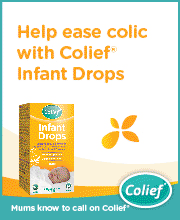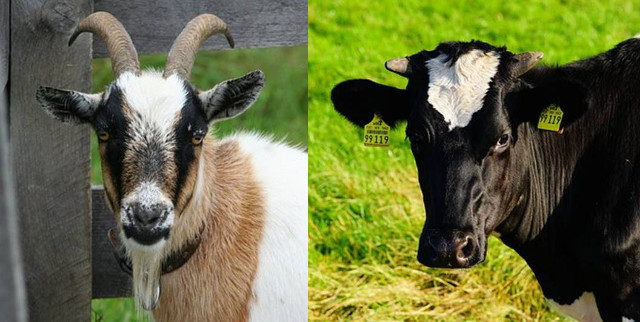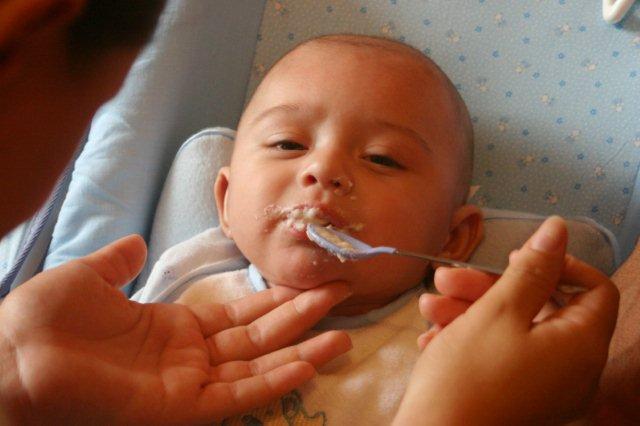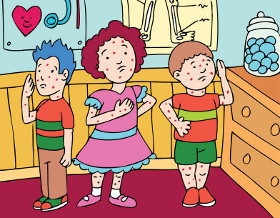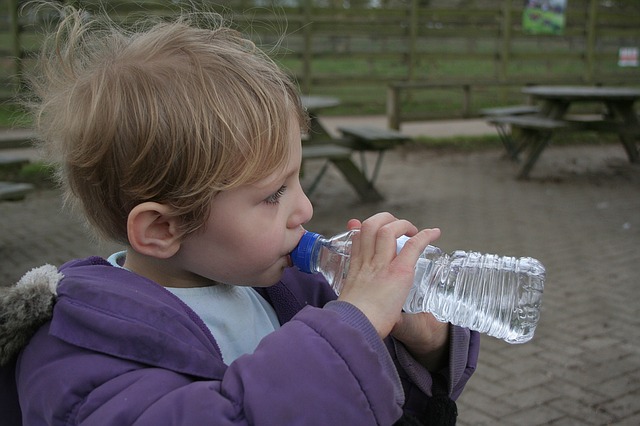Lactose intolerance is fairly common in adults. There are a variety of reasons why people get lactose intolerance. One such cause is a person’s genetics and ethnic background. People of Asian, African, Native American and Hispanic descent are more inclined to develop it at a young age. We might become lactose intolerant as we grow older as our bodies stop producing lactase enzyme.
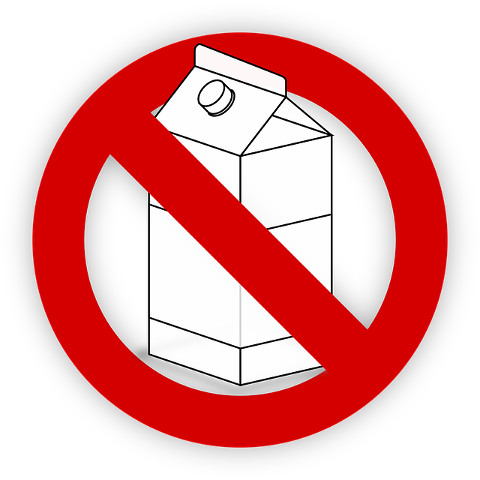
What is Lactose Intolerance?
Lactose intolerance occurs when a body is unable to break down lactose, due to the lack of enzyme in the small intestine known as lactase. Lactase is the enzyme that breaks down the milk sugar, lactose, in your body. This results in undigested lactose staying in the intestine, causing some uncomfortable problems such as gas, bloating, stomach cramps and diarrhea.
What about babies?
Although it is very uncommon in toddlers, there is a small percentage of babies who are unable to digest lactose. The symptoms are similar to an adult’s symptoms, such as diarrhea, abdominal cramps, or bloating after eating or drinking dairy products or breast milk. Toddlers and children also develop a temporal case of lactose intolerance when they have diarrhea. However, this usually improves after a few days or weeks.
What can my baby drink?
Since a mother’s milk contains lactose, babies who are lactose intolerant cannot consume breast milk or cow’s milk. An alternative is to purchase a special lactose-free formula made from plant-based milk such as soy, rice, almond or oat. Alternatively, mothers may consider trying goat’s milk, which contains slightly lower levels of lactose compared to cow’s milk. One such brand is Karihome’s goat milk, which is derived from pasture feeding goats in New Zealand, and suitable for children who have colic, mild lactose intolerance, or allergic to cow’s milk.
What can my baby eat or drink?
Most baby foods are lactose-free, but do check the food label for words such as ‘cream’, ‘milk’ and ‘yoghurt’ just to be extra careful. You may also want to start introducing food to your baby once he turns one. Some lactose-free foods you can introduce to him are fruits, vegetables, noodles, tofu, eggs, or plain rice crackers.
Lactose intolerance is generally not a lifelong condition and can be managed to tune to your baby’s body. The trick is to introduce dairy products slowly and gradually, with other lactose-free food. Keeping a food journal will be helpful in remembering and learning what food your baby is less tolerant of.
Lactose is found in milk or milk powder, yoghurt, ice cream and many medications. Most people with lactose intolerance can tolerate small quantities of milk, yoghurt and low-lactose foods such as cheese but need to make sure they are consuming adequate calcium and vitamin D.
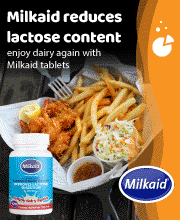
“It is quite common for Asian children to experience reduced lactase activity after 2 – 3 years of age, resulting in lactose intolerance,” shares Vanessa McNamara, a dietitian at The Travelling Dietitian. This is particularly the case if dairy is not eaten regularly so it is important your child consumes milk and dairy products on a regular basis. “Prolonged exposure to lactose can, in fact, reduce the severity of the symptoms so we suggest slowly introducing dairy foods to a sensitive child’s diet to determine their level of tolerance.”
Vanessa recommends the following if your child is lactose intolerant:
- Consumes small quantities of milk (up to 1 cup) or yoghurt with other food
- Eats aged cheeses as these contain less lactose
- Drinks lactose-free milk or soy/rice milk fortified with calcium (check the labels) if cow’s milk in small quantities is not tolerated
- Eats other foods containing calcium such as broccoli, spinach, figs, sardines, tinned salmon with bones, tofu and soybeans
“Lactose intolerance is not to be confused with a milk allergy as the two are very different conditions,” Vanessa adds. It is important to get an accurate diagnosis before you or your child starts to avoid it as many people avoid lactose unnecessarily.
Remember to always consult and discuss with your pediatrician before introducing dairy products to your toddler’s diet. After introducing some dairy products to your baby’s diet, monitor your baby carefully to see if there are any recurring symptoms. If there are, immediately put your baby back on a lactose-free diet till your doctor says it’s safe to try again.
By Michelle Ang.
Like what you see here? Get parenting tips and stories straight to your inbox! Join our mailing list here.
Want to be heard 👂 and seen 👀 by over 100,000 parents in Singapore? We can help! Leave your contact here and we’ll be in touch.




































